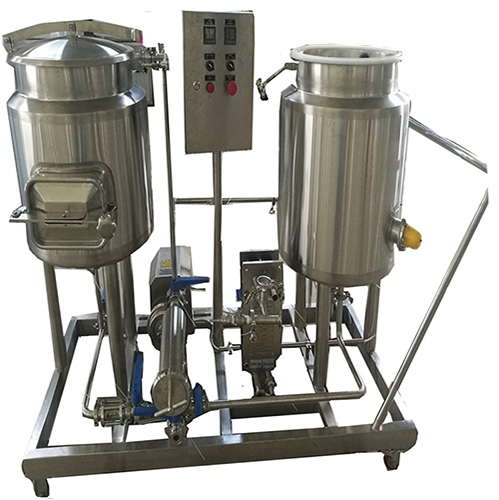Copper ion catalyzed SO
This method was developed by the International Nickel Company (Inco) in the early 1980s. It overcomes the shortcomings of the alkaline chlorination method that cannot remove the ferricyanide complex. Except for the free cyanide, the remaining cyano-containing complex can be removed. Therefore cyanide removal rate 99%, the concentration of heavy metal ions can be reduced to 1mg / L or less.
In the method, CuSO 4 is added as a catalyst at a temperature of 40 to 60 ° C, and air (or flue gas) containing SO 2 is bubbled into the waste liquid, and lime milk is continuously added to maintain the pH between 9 and 10. When the poor liquid containing 400 to 1000 mg of total cyanide is treated, the total cyanide is reduced to 0.7 mg/L after 24 hours, and the weak acid soluble cyanide is usually less than 0.2 mg. The concentration of SO 2 in the air was measured, and the oxidation-reduction potential was controlled by the calomel electrode to be +90 to 130 mV. That is, the volume ratio of SO 2 in the air is preferably from 1% to 3%. The total cyanide consumption per gram of SO 2 is 3.8 g and Ca(OH) 2 is 5.7 g.
The first manufacturer approved to use the Inco patent is the Scottie Gold Mine, which is used to treat a mixture of waste liquid and tailings slurry. After entering normal operation in September 1982, it can be used to make a slurry containing 200 mg of total cyanide. The material was reduced to 3 mg ∕L, and the heavy metal ions were reduced to 1 mg ∕L.
The gear is in size 50L or 100L mainly for homebrew amateur or scale brewery pilot recipe test.
Two vessels compact desgin, mounted on frame or handcart.
Combined Mash - Lauter, Kettle - Whirlpool design. Electric heating, 220v or 380v are available.

Home Beer Brewing Equipment,Home Brewing Equipment,Nano Brewery Equipment,Homebrewery Nano
Dongguan Deao Food Equipment Co.,Ltd , https://www.craftbrewtech.com
